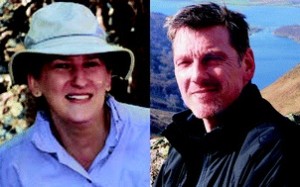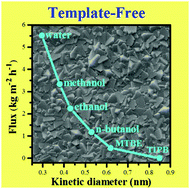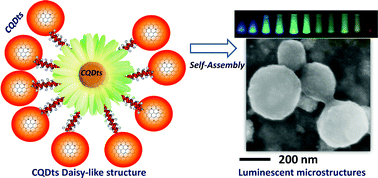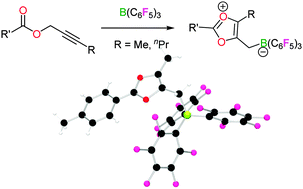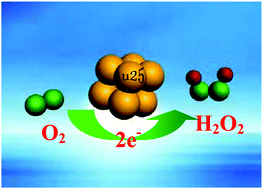All of the referee-recommended articles below are free to access until 20th August 2014
Magnetic, superhydrophobic and durable silicone sponges and their applications in removal of organic pollutants from water
Lingxiao Li, Bucheng Li, Lei Wu, Xia Zhao and Junping Zhang
Chem. Commun., 2014,50, 7831-7833
DOI: 10.1039/C4CC03045A, Communication
Electrochemiluminescent swimmers for dynamic enzymatic sensing
Milica Sentic, Stephane Arbault, Bertrand Goudeau, Dragan Manojlovic, Alexander Kuhn, Laurent Bouffier and Neso Sojic
Chem. Commun., 2014, Accepted Manuscript
DOI: 10.1039/C4CC04105D, Communication
Nucleobase-functionalized ABC triblock copolymers: self-assembly of supramolecular architectures
Keren Zhang, Gregory B. Fahs, Motohiro Aiba, Robert B. Moore and Timothy E. Long
Chem. Commun., 2014,50, 9145-9148
DOI: 10.1039/C4CC03363A, Communication
From themed collection Polymer Self-Assembly
Thermo-regulated phase separable catalysis (TPSC)-based atom transfer radical polymerization in a thermo-regulated ionic liquid
Xiangyang Du, Jinlong Pan, Mengting Chen, Lifen Zhang, Zhenping Cheng and Xiulin Zhu
Chem. Commun., 2014,50, 9266-9269
DOI: 10.1039/C4CC03918A, Communication
The photo-thermal plasmonic effect in spin crossover@silica–gold nanocomposites
Iurii Suleimanov, José Sánchez Costa, Gábor Molnár, Lionel Salmon and Azzedine Bousseksou
Chem. Commun., 2014, Advance Article
DOI: 10.1039/C4CC02652G, Communication
An “Off-axis” Mn–Mn bond in Mn2(CO)10 at high pressure
Piero Macchi, Nicola Casati, Shaun R. Evans, Fabia Gozzo, Petra Simoncic and Davide Tiana
Chem. Commun., 2014, Advance Article
DOI: 10.1039/C4CC04152F, Communication


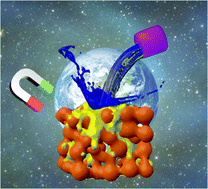
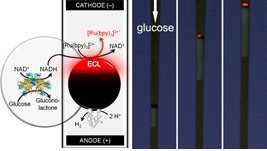
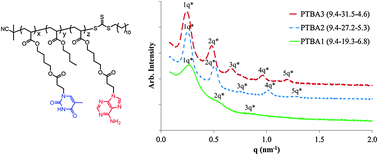
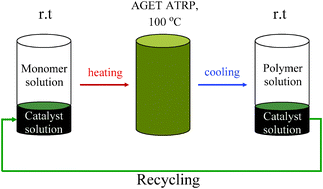

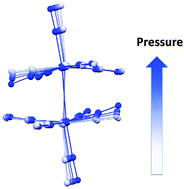









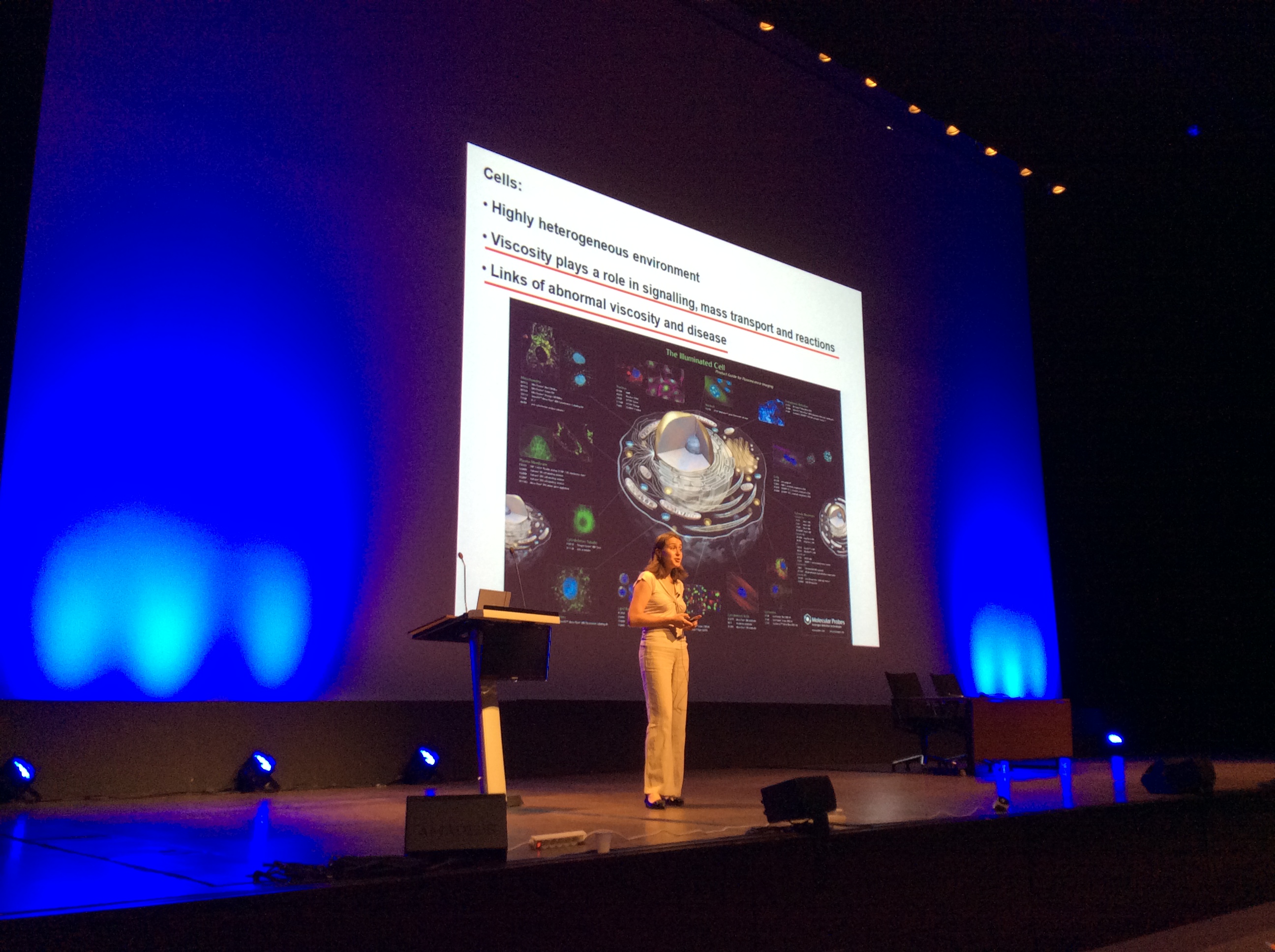

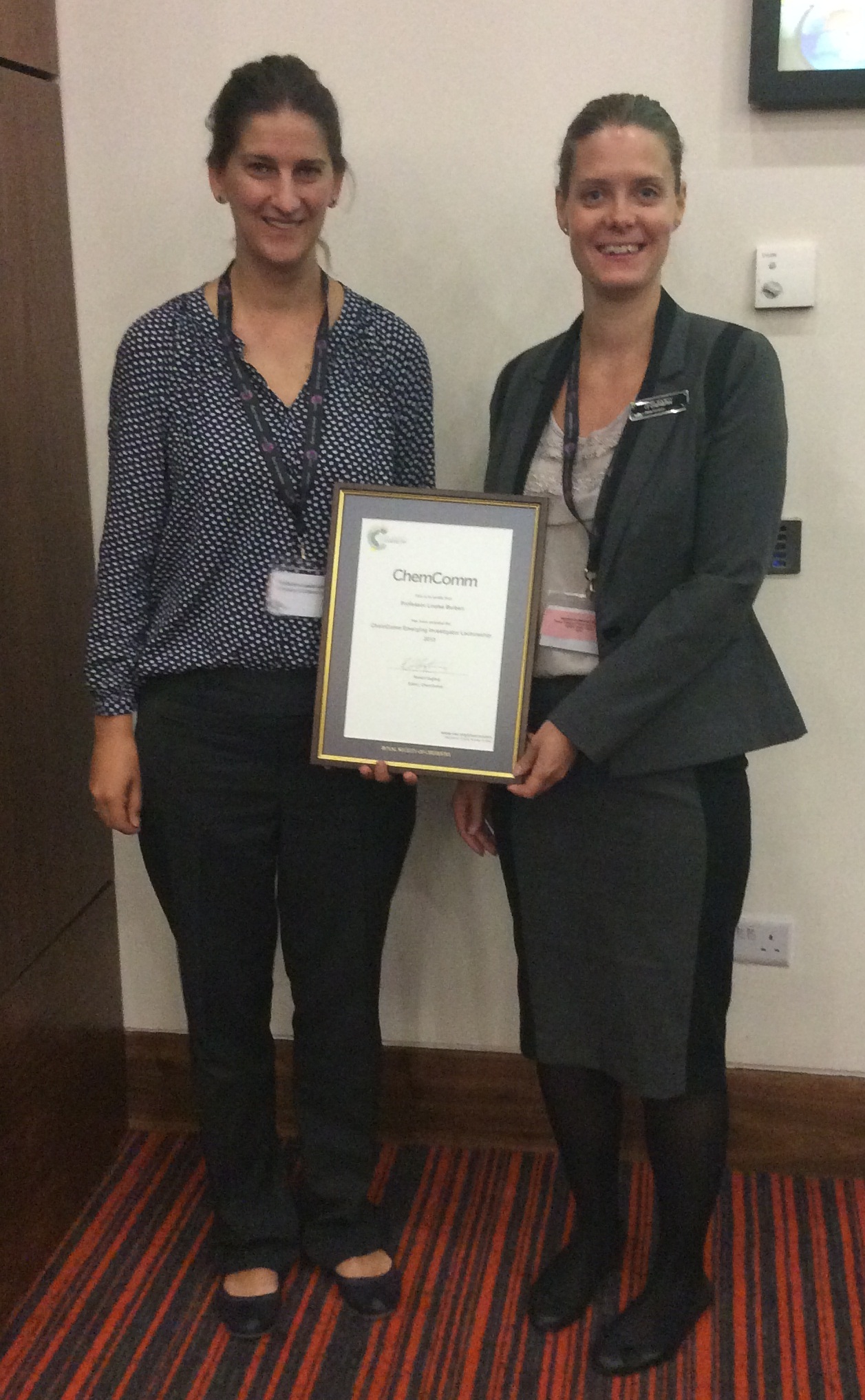
 Brass has been known to man since prehistoric times; now scientists in Germany have
Brass has been known to man since prehistoric times; now scientists in Germany have 